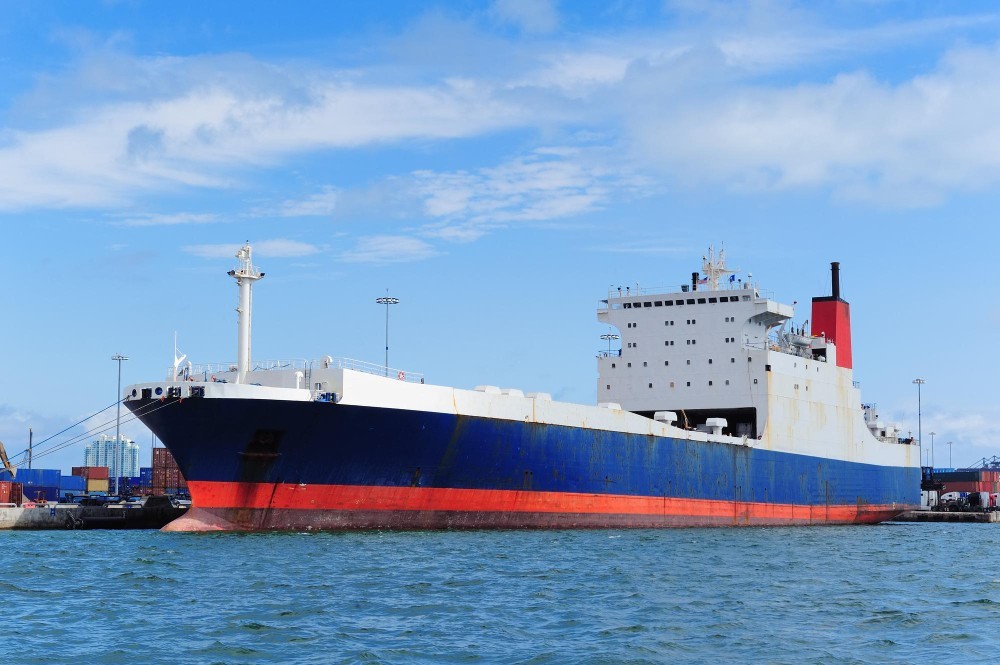Container shipping lines are actively tightening available capacity as they move to stabilise rates — just as a fresh layer of U.S. port charges on vessels connected to China took effect yesterday. These additional fees, according to carriers, will ultimately fall on shippers.
With our strong presence in the global container shipping arena, this is having an impact on the work of the U-Freight Group’s ocean freight teams.
The latest data from consultancy Project44 shows that blank sailings have surged to new heights as demand on U.S.-China routes has fallen. The blanks for October are on track to exceed levels seen during the early months of the COVID-19 pandemic, when consumer demand in the West cratered and imports fell off quickly.
U-Freight has noticed that ahead of the annual contract negotiation cycle, major shipping alliances have increased the frequency of blank sailings to firm up pricing. Over the course of weeks 42 to 46, a total of 41 voyages were cancelled out of a planned 716 across east–west routes. These reductions have hit transpacific and Asia–Europe lanes hardest, removing 6% of total capacity — equivalent to around 544,000 teu — in the past month.
Despite these efforts, spot freight pricing remains under pressure. Drewry’s composite World Container Index declined by 1% in week 41. However, new general rate increases (GRIs) of up to USD2,300 per teu, as well as added congestion and peak season surcharges, have been announced as carriers combine void sailings and slower transit speeds to curb supply.
Since yesterday, the U.S. Trade Representative (USTR) has enacted “special port service fees” that apply to vessels with Chinese ties. Payments must be made before ships reach U.S. ports to avoid denial of entry or cargo operations.
Ships operated or owned by Chinese interests now face a fee starting at USD50 per net ton, which will increase incrementally each year through 2028. Vessels built in China but not run by Chinese operators are subject to the higher of two rates: USD18 per net ton or USD120 for every container discharged.
This new policy introduces a fixed cost element per container, adding to existing ocean freight rates and surcharges. Carriers are preparing to shift these expenses downstream.
With one in every 16 scheduled sailings already cancelled on primary east–west routes — and further cancellations anticipated — available space is tightening, which could exert additional upward pressure on freight rates. The regulations require upfront payment of the USTR fees, and vessels arriving without proof of compliance may be refused service, potentially causing inland delays and extra cost exposure.
By strategically deploying blank sailings and surcharges, carriers are working to sustain rate levels. Meanwhile, the newly enforced U.S. port tariffs on China-linked tonnage introduce a cost element unrelated to supply-demand dynamics that will be passed through the supply chain. Shippers should brace for sudden GRIs, targeted service withdrawals, and further surcharges on transpacific and Asia–Europe routes through November.
“Carriers are blanking sailings at an intensity we haven’t seen since the early pandemic period. The strategy is less about crisis response this time and more about maintaining rate stability in a tariff-distorted market,” said Project44 researcher Bart De Myunck.
Customers of the U-Freight Group can be certain that we are in discussions with the container shipping lines we use so that we can maintain cargo flows, even when market disruptions arise.
Whether facing urgent deliveries or last-minute service changes, our sea freight specialists secure capacity to protect your logistics network and minimise exposure to rate increases.
For more information about our global ocean freight container services, please visit the relevant pages of this website, or contact your local office, which can be seen here: https://ufreight.com/locations


